Table of content
Olive vegetable, a traditional Chinese preserved vegetable, is a beloved ingredient in many home-cooked meals. Its salty, umami-rich flavor and crisp texture make it a versatile addition to stir-fries, soups, or even as a standalone side dish. Stir-frying olive vegetable is a simple yet rewarding process that elevates its natural savory notes while preserving its satisfying crunch. This article will guide you through the entire journey of creating a delicious stir-fried olive vegetable dish, from selecting ingredients to mastering cooking techniques. By the end, you’ll be equipped to recreate this classic Chinese recipe in your own kitchen.
Understanding Olive Vegetable
Before diving into the cooking process, it’s essential to grasp what olive vegetable is. Despite its name, it is not derived from olives but is a type of preserved mustard green. The leaves are pickled in brine, fermented, and then packed in jars or cans, resulting in a tangy, salty, and slightly sweet flavor profile. Olive vegetable is widely used in Cantonese and Chaoshan cuisine, often paired with meat, tofu, or rice to balance richness with its bright acidity.
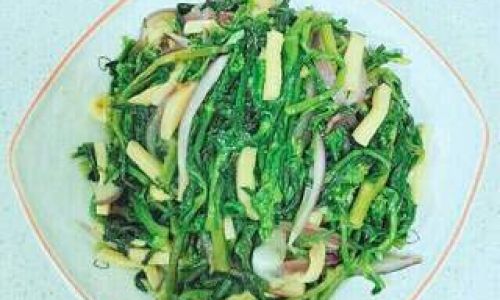
Ingredients You’ll Need
To create a flavorful stir-fried olive vegetable dish, gather the following ingredients:
- 200g olive vegetable (rinse lightly to reduce saltiness, then drain and chop into small pieces if needed).
- 150g ground pork or minced chicken (optional but recommended for added depth).
- 3 garlic cloves (minced).
- 1-2 red chili peppers (sliced, adjust to taste).
- 1 tbsp cooking oil (preferably peanut or vegetable oil).
- 1 tsp soy sauce (light soy sauce for color).
- 1 tsp oyster sauce (for umami).
- 1/2 tsp sugar (to balance saltiness).
- 1/4 tsp white pepper (optional).
- 1 tbsp Shaoxing wine (Chinese cooking wine, optional but enhances aroma).
- 1/4 cup water or stock (to deglaze the pan).
- 1 tbsp cornstarch mixed with 2 tbsp water (for thickening, optional).
- Fresh cilantro or green onions (garnish, chopped).
Step-by-Step Cooking Process
Preparing the Ingredients
Start by rinsing the olive vegetable under cold water to remove excess salt. Pat it dry with a kitchen towel or let it air-dry for 5 minutes. If the pieces are large, chop them into smaller, bite-sized bits. This ensures even cooking and better absorption of flavors.
If using meat, mince it finely or use store-bought ground pork. Marinate the meat with a pinch of salt, white pepper, and 1/2 tsp of soy sauce for 10 minutes. This step tenderizes the meat and seasons it lightly.
Mince the garlic and slice the chili peppers. Set them aside in separate bowls for easy access during cooking.
Heating the Wok
A well-seasoned carbon steel wok is ideal for stir-frying, as it retains heat efficiently and distributes it evenly. Place the wok over high heat and let it preheat for 1-2 minutes until a drop of water evaporates instantly. Add the cooking oil and swirl it to coat the wok’s surface.
Pro Tip: Avoid overcrowding the wok. Cook in batches if necessary to prevent steaming instead of stir-frying.
Sautéing Aromatics
Add the minced garlic and chili peppers to the hot oil. Stir-fry for 10-15 seconds until fragrant but not browned. Garlic burns easily, so keep the heat high and move constantly.
Cooking the Meat (If Using)
Push the aromatics to one side of the wok and add the marinated meat. Spread it out in a single layer and let it sear for 20-30 seconds without stirring. This creates a golden crust and locks in juices. Break the meat into small pieces with a spatula and stir-fry until fully cooked (no pink remains).
Adding Olive Vegetable
Toss the olive vegetable into the wok. Stir-fry vigorously for 2-3 minutes to combine the ingredients. The olive vegetable will release moisture, creating steam that softens it slightly while retaining its crunch.
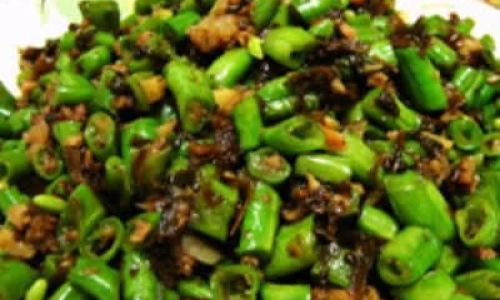
Deglazing and Seasoning
Pour in the Shaoxing wine around the edges of the wok (not directly onto the ingredients) to deglaze the pan. This step releases any caramelized bits stuck to the wok, adding depth to the dish. Add the soy sauce, oyster sauce, and sugar. Stir well to coat everything evenly.
Simmering and Thickening (Optional)
For a saucier consistency, add 1/4 cup of water or stock. Let the mixture simmer for 1-2 minutes. If using cornstarch slurry, stir it into the wok and cook until the sauce thickens (30-45 seconds). This step is optional but recommended if you prefer a glossy finish.
Final Touches
Taste and adjust seasoning—add a pinch more sugar if too salty, or a splash of soy sauce if needed. Sprinkle white pepper for aromatic warmth. Transfer the dish to a serving plate and garnish with cilantro or green onions.
Expert Tips for Perfect Stir-Fried Olive Vegetable
- Salt Management: Olive vegetable is naturally salty, so avoid adding extra salt until the end. Rinsing it thoroughly is crucial to prevent over-seasoning.
- Heat Control: Maintain high heat throughout cooking to achieve wok hei (the smoky, charred flavor). Lower heat may result in soggy vegetables.
- Texture Balance: Stir-fry just long enough to meld flavors without losing the olive vegetable’s crispness. Overcooking makes it mushy.
- Protein Pairings: Beyond pork, try shrimp, diced tofu, or mushrooms for vegetarian versions.
- Spice Level: Adjust chili quantity to suit your taste. For a milder dish, omit peppers or use bell peppers instead.
Serving Suggestions
Stir-fried olive vegetable pairs beautifully with steamed jasmine rice, congee, or noodles. It also makes a fantastic filling for lettuce wraps or a topping for crispy pancakes. For a complete meal, serve it alongside braised eggplant or stir-fried greens.
Storage and Leftovers
Leftover stir-fried olive vegetable can be stored in an airtight container in the refrigerator for up to 3 days. Reheat gently in a pan or microwave, adding a splash of water if needed to prevent dryness.
Cultural Context and Variations
Olive vegetable holds a special place in Chinese cuisine, particularly in regions like Guangdong and Fujian. It’s often enjoyed during festive occasions or as a comforting everyday dish. In some variations, chefs add fermented black beans, dried shrimp, or preserved radish for extra complexity. Feel free to experiment with these additions to customize the flavor.
Conclusion
Mastering the art of stir-frying olive vegetable opens doors to a world of authentic Chinese flavors. With its balance of saltiness, spice, and umami, this dish is both nostalgic and endlessly adaptable. Whether you’re a novice cook or a seasoned home chef, this recipe offers a rewarding culinary adventure. So grab your wok, gather your ingredients, and let the sizzling symphony of flavors begin!
By following these steps and tips, you’ll create a stir-fried olive vegetable dish that rivals any restaurant version—bursting with texture, aroma, and the timeless taste of Chinese home cooking.
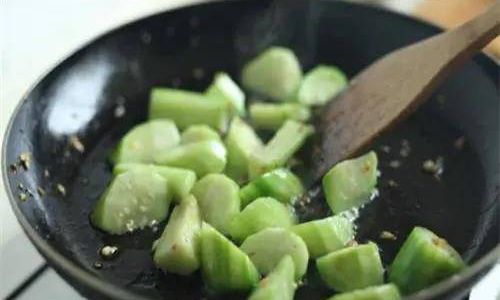
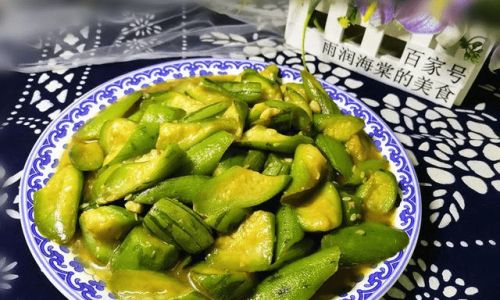
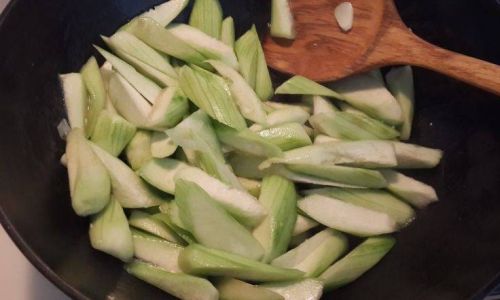
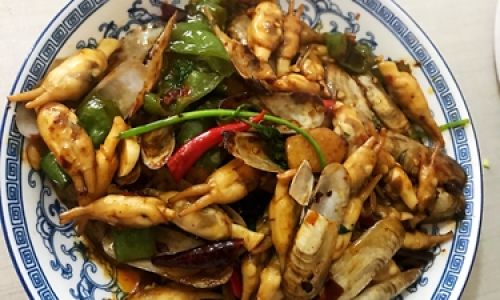
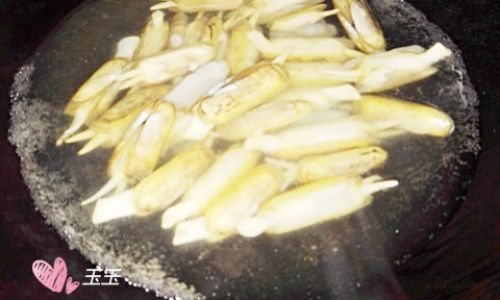

0 comments